.am
Type of resources
Topics
Keywords
Contact for the resource
Provided by
Years
Formats
Update frequencies
-
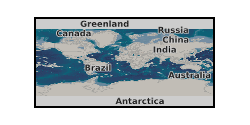
This dataset contains 10 three dimensional x-ray tomographic images of CO2-acidified brine reacting with Ketton limestone at a voxel size of 3.8 microns. It includes the unreconstructed projections (.txrm), the reconstructed images (.txm), and the masked and cropped segmented images (.am and .raw). The rock was imaged during dissolution 10 times over the course of 2.5 hours. Details can be found in Menke et al., 2015 in the journal Environmental Science and Technology.
-
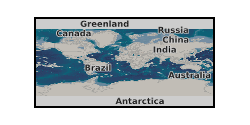
A laboratory µ-CT scanner was used to image the dissolution of Ketton, Estaillades, and Portland limestones in the presence of CO2-acidified brine at reservoir conditions (10 MPa and 50 °C) at two injected acid strengths for a period of 4 h. Each sample was scanned between 6 and 10 times at ~4 µm resolution and multiple effluent samples were extracted. See also paper: H.P. Menke et al. Geochimica et Cosmochimica Acta 204 (2017) 267-285. https://doi.org/10.1016/j.gca.2017.01.053.
-
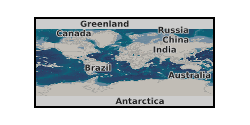
We investigated the physical basis of this weakened trapping using pore scale observations of supercritical CO2 in mixed-wet carbonates. The wetting alteration induced by oil provided CO2-wet surfaces that served as conduits to flow. In situ measurements of contact angles showed that CO2 varied from nonwetting to wetting throughout the pore space, with contact angles ranging 25° <θ< 127°; in contrast, an inert gas, N2, was nonwetting with a smaller range of contact angle 24° <θ< 68 °. Observations of trapped ganglia morphology showed that this wettability allowed CO2 to create large, connected, ganglia by inhabiting small pores in mixed-wet rocks. The connected ganglia persisted after three pore volumes of brine injection, facilitating the desaturation that leads to decreased trapping relative to water-wet systems. This data is associated with this open access publication: Environ. Sci. Technol. 2016, 50, 18, 10282-10290. https://doi.org/10.1021/acs.est.6b03111.
-
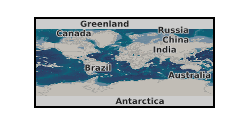
The datasets contain 5 stitched X-ray micro-tomographic images (grey-scale, doped, difference, segmented porespace and segmented micro-porespace with porespace) and 3 X-ray nano-tomographic images of a region of microporous porespace in Estaillades Limestone. The x-ray tomographic images were acquired at a voxel-resolution of 3.9676 µm using a Zeiss Versa XRM-510 flat-panel detector at 70 kV, 6W, and 85 µA with an exposure time of 0.037s and 64 frames. The X-ray nano-tomographic images were reconstructed using a proprietary filtered back projection algorithm from a set of 1601 projections, collected with the Zeiss Ultra 810 with 32nm voxel size using a 5.4keV energy quasi-monochromatic beam with an exposure time of 90s. The data was collected at Imperial College London and Zeiss Labs with the aim of investigating pore-scale microporosity in carbonates with a heterogenous pore structure. Understanding the effect of microporosity on flow is important in many natural and industrial processes such as contaminant transport, and geo-sequestration of supercritical CO2 to address global warming. These tomographic images can be used for validating various pore-scale flow models such as direct simulations, pore-network and neural network models for upscaling flow across scales.
-
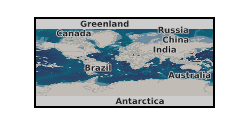
Grant: NE/N016173/1.The data presented herein comprises raw and segmented X-Ray micro-CT data, CMG simulation files and Matlab processing files for the paper 'Representative elementary volumes, hysteresis and heterogeneity in multiphase flow from the pore to continuum scale'. The data is organised as Core 1 and Core 2 respectively. Full core scans are obtained at a resolution of 6 microns. Region of interest (ROI) scans are obtained at 3.45 micron and 2 micon (core 1) and 3.5 micron (core 2). Resolution information is contained within the file names. Voxel sizes in the image files can be changed to match these values. Experimental post-processing files contain the upscaled saturations and porosity values in 3D, which are used in the paper. It also contains the pore-filling analysis. The CMG simulation files contain the input deck, 3D digitial core information (porosity, capillary pressure) needed to simulate both the drainage and imbibition core floods, with corresponding Matlab analysis files. These are Bentheimer outcrop cores obtained from Shell, Amsterdam. It is a shallow marine rock, deposited during the Lower Cretaceous. It outcrops between Enschede and Schoonenbeek in the Netherlands.
 NERC Data Catalogue Service
NERC Data Catalogue Service